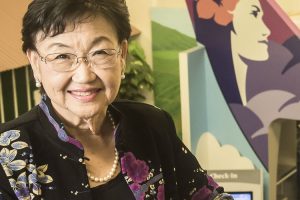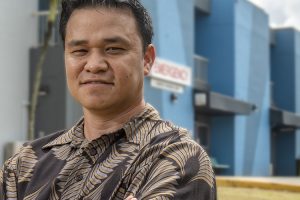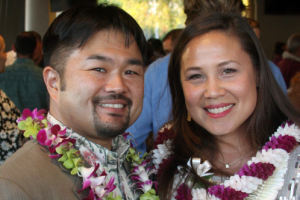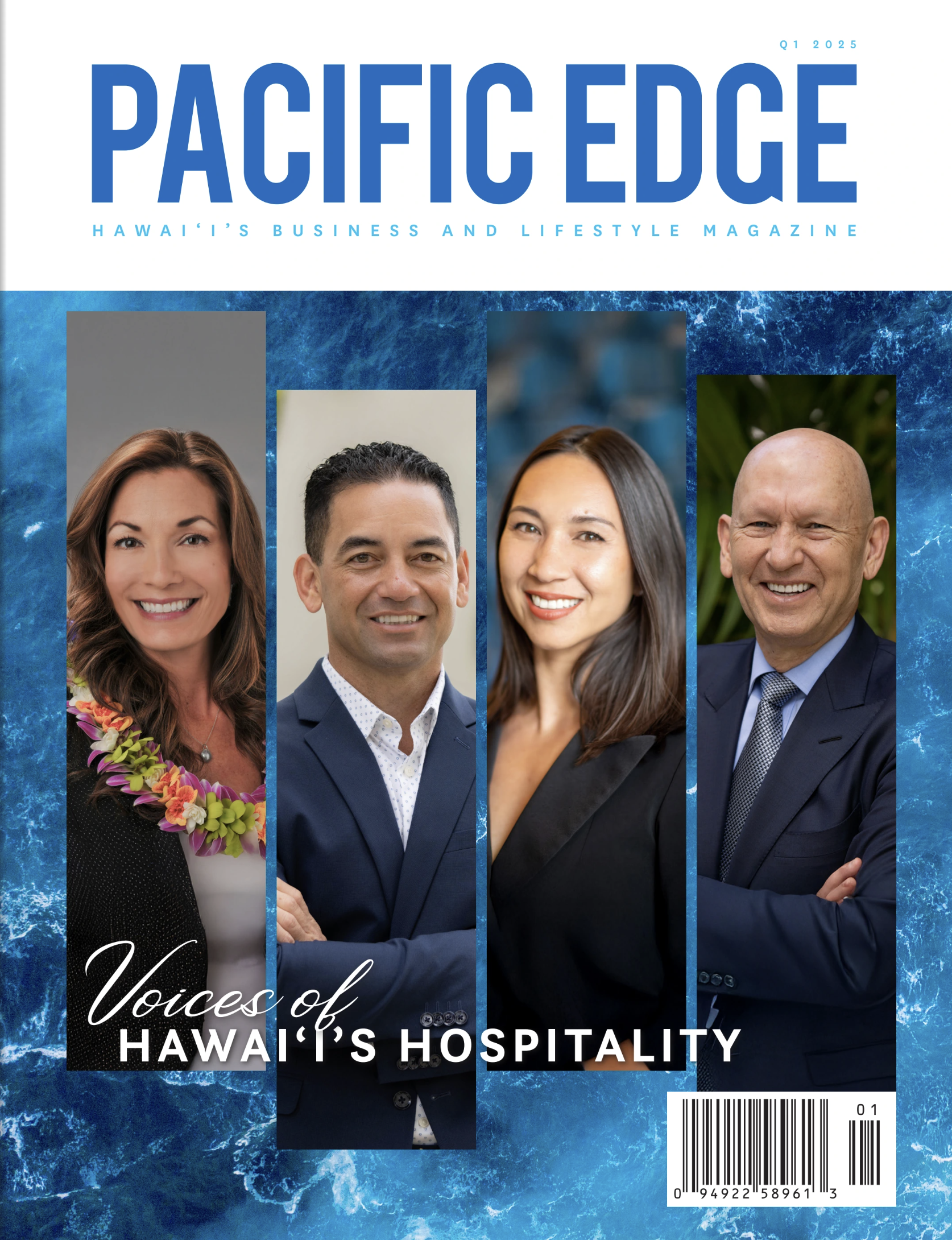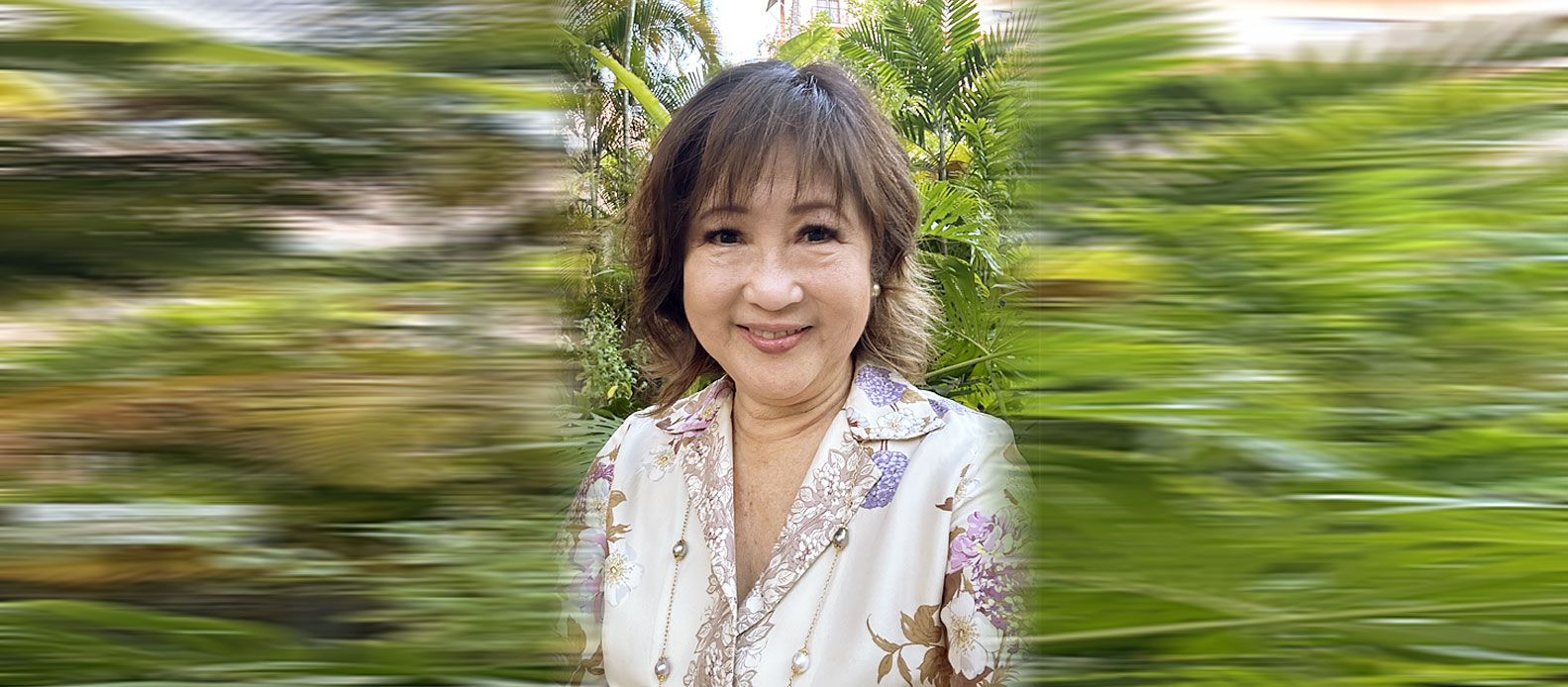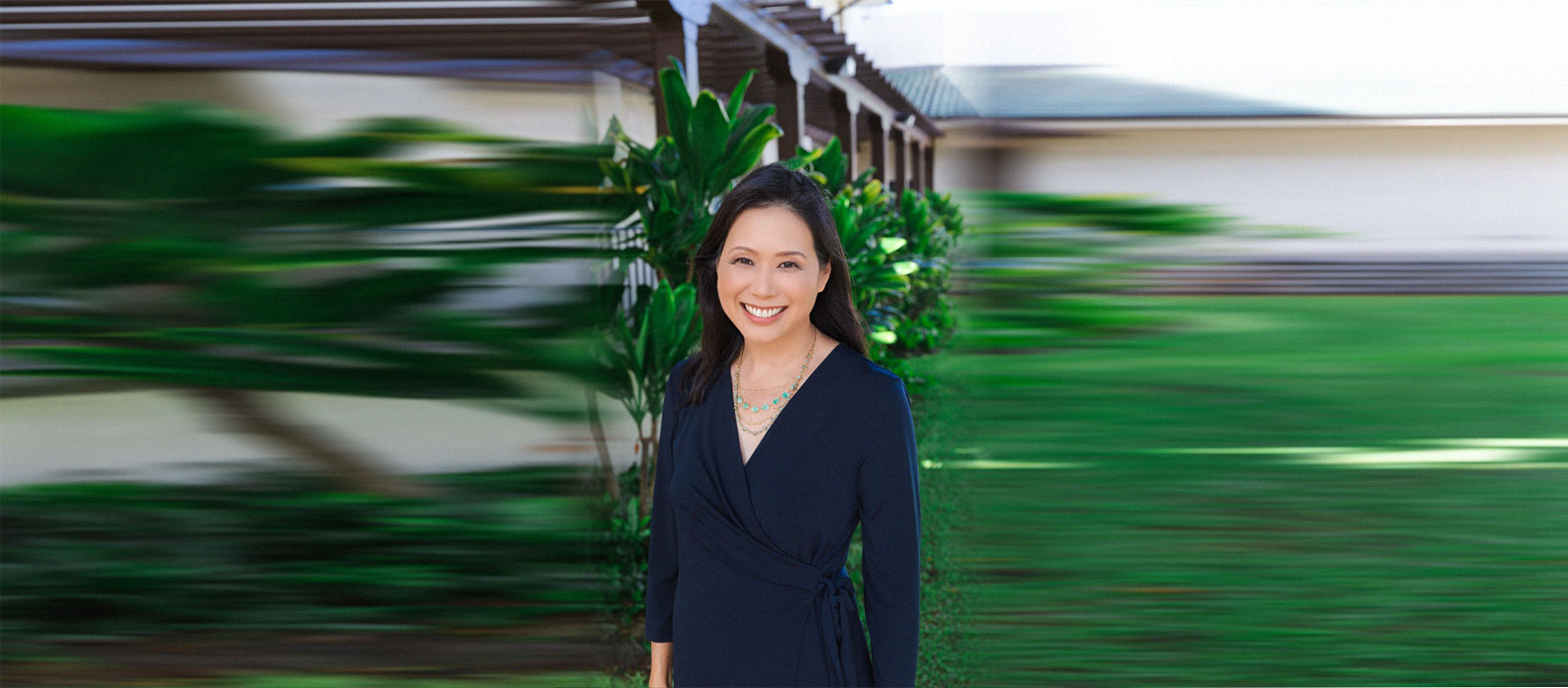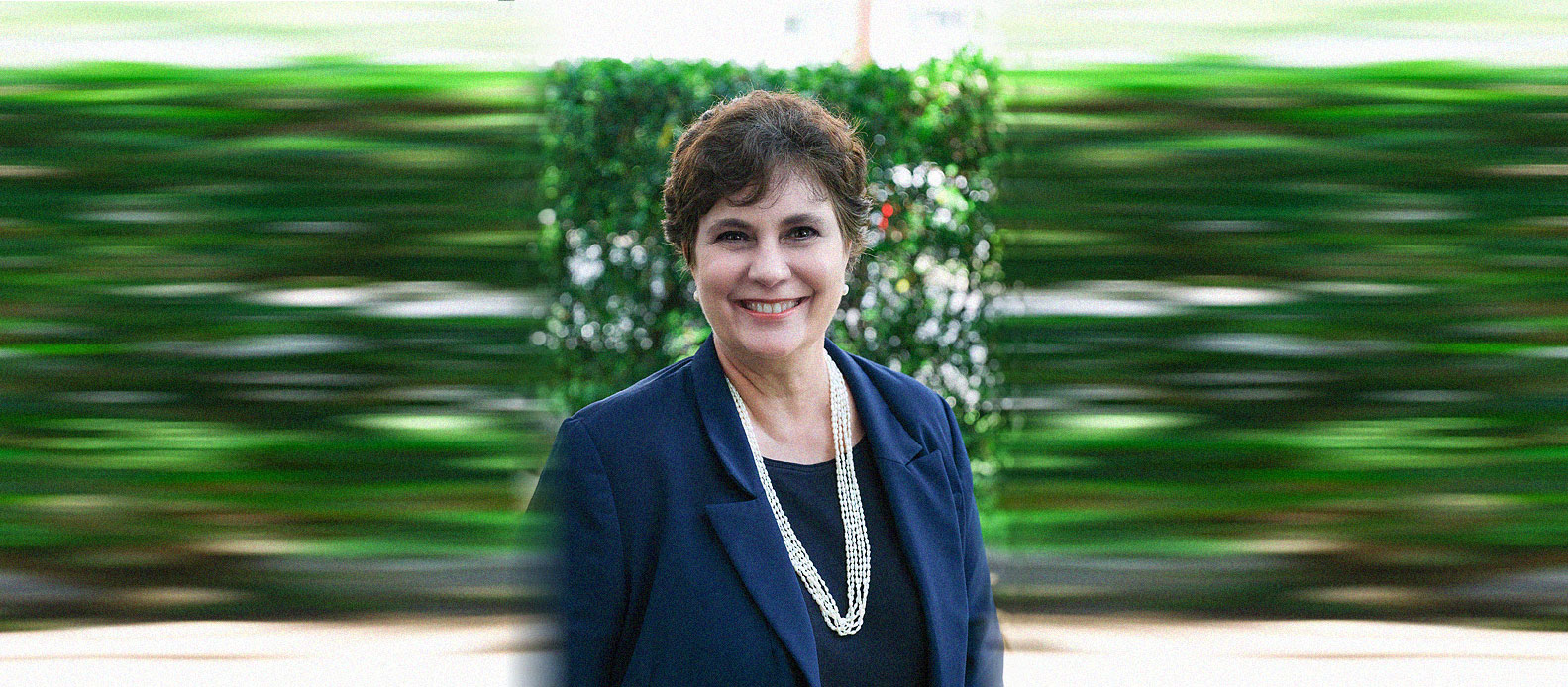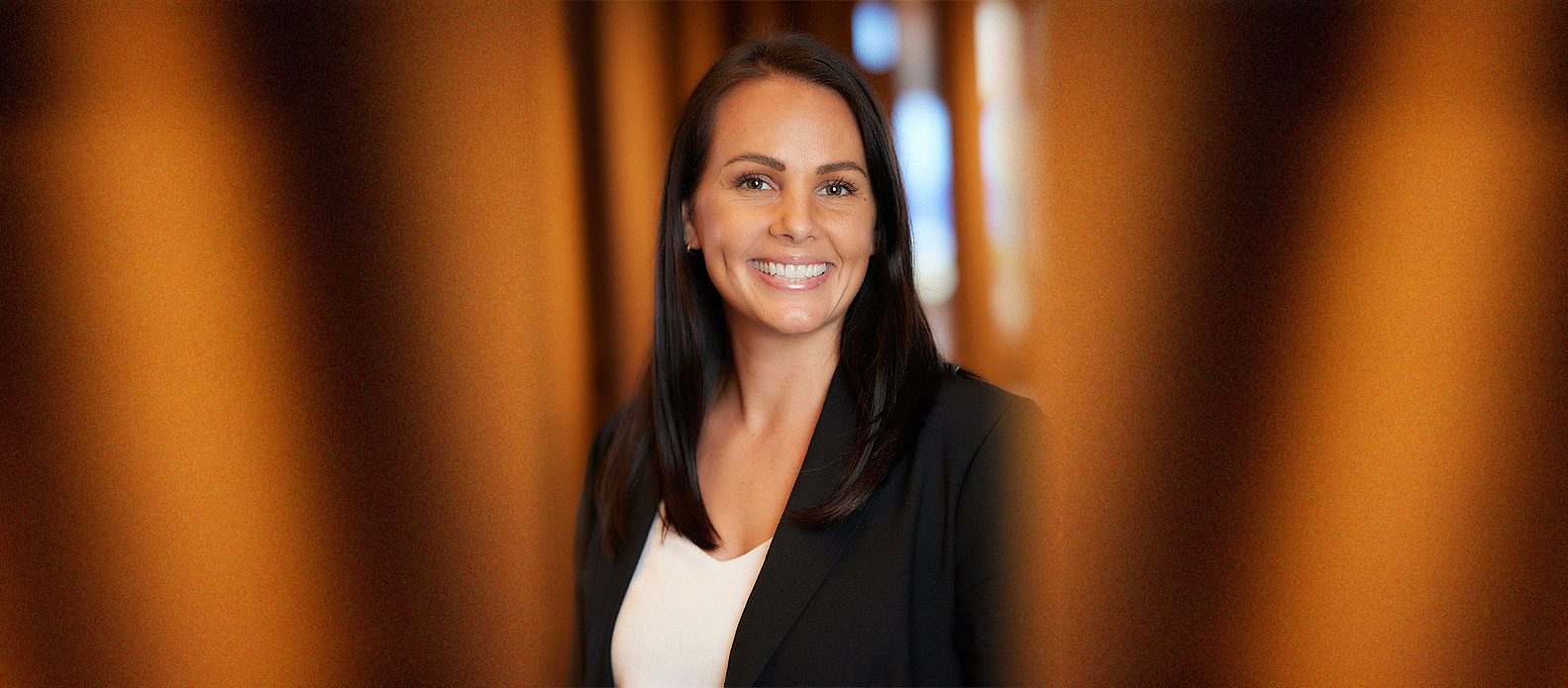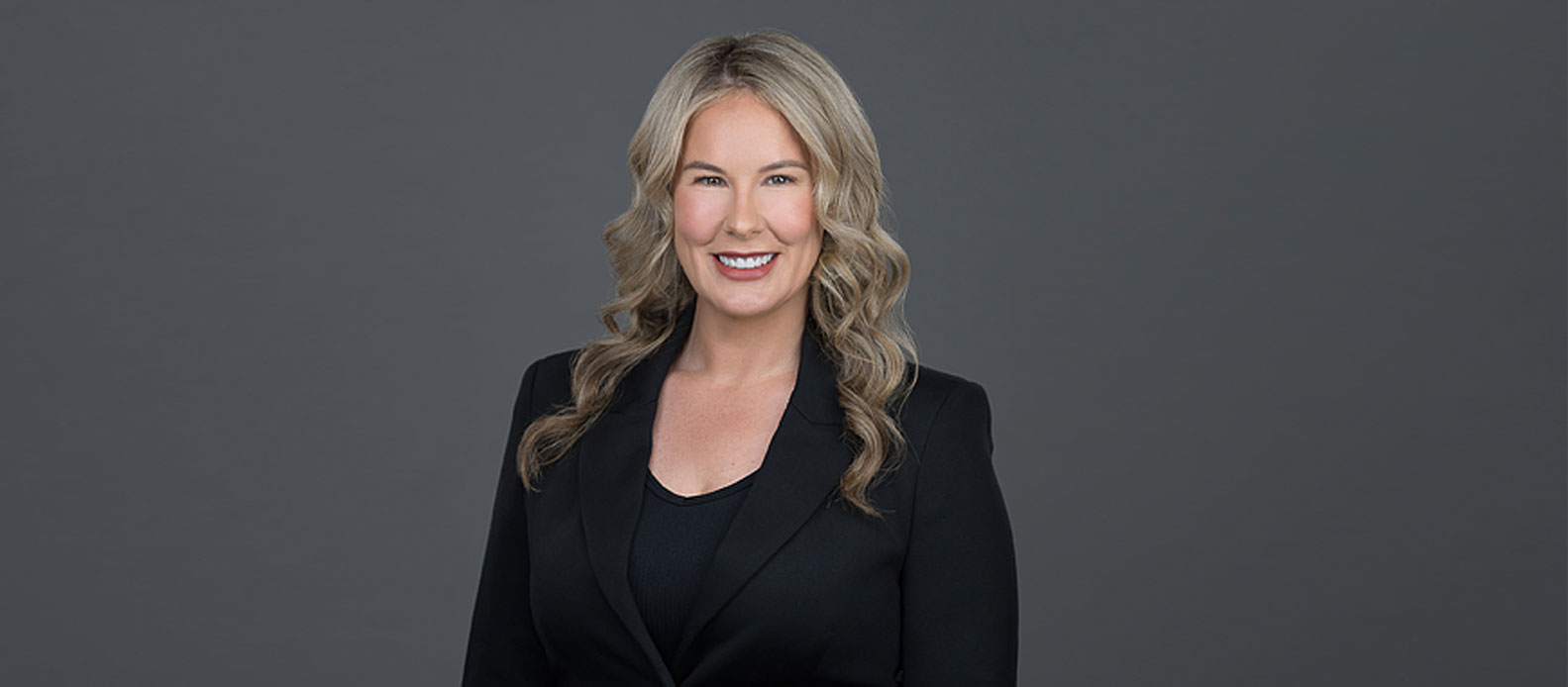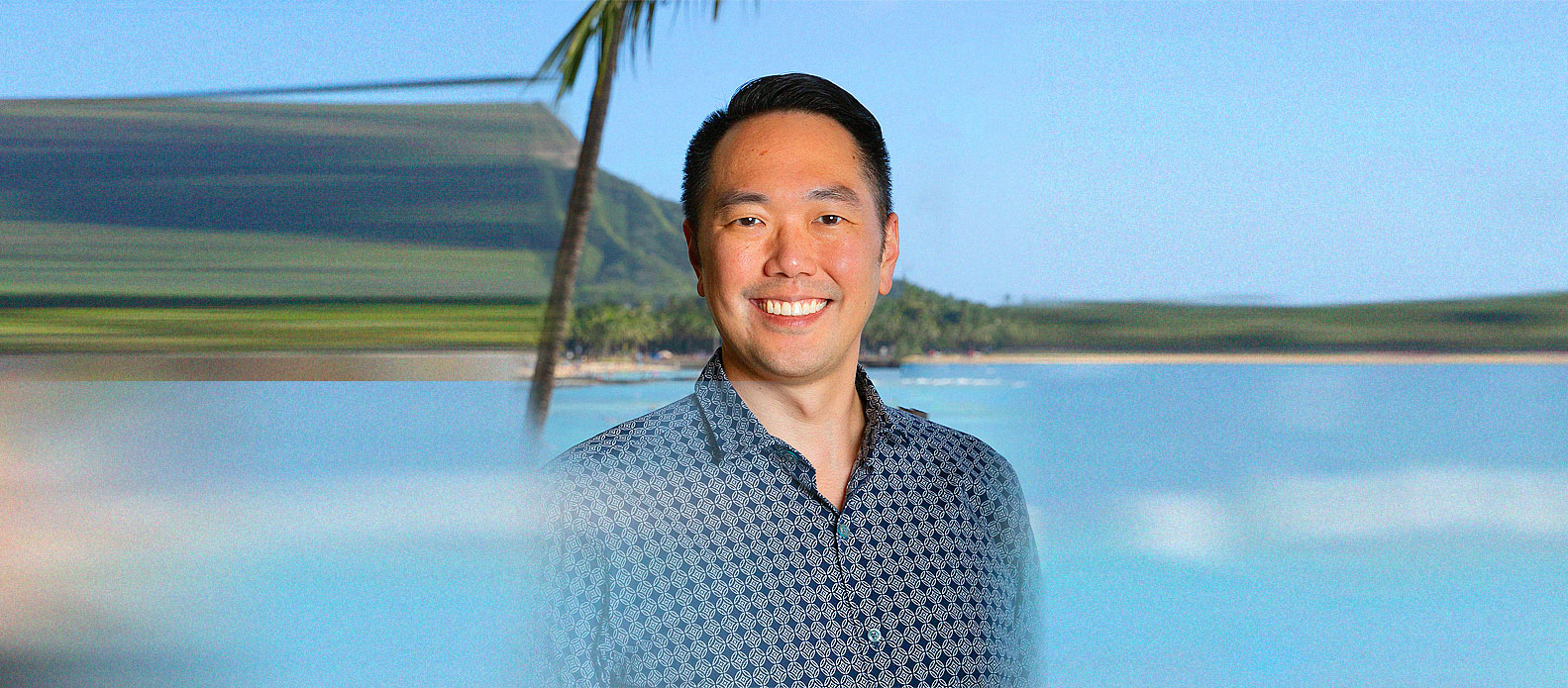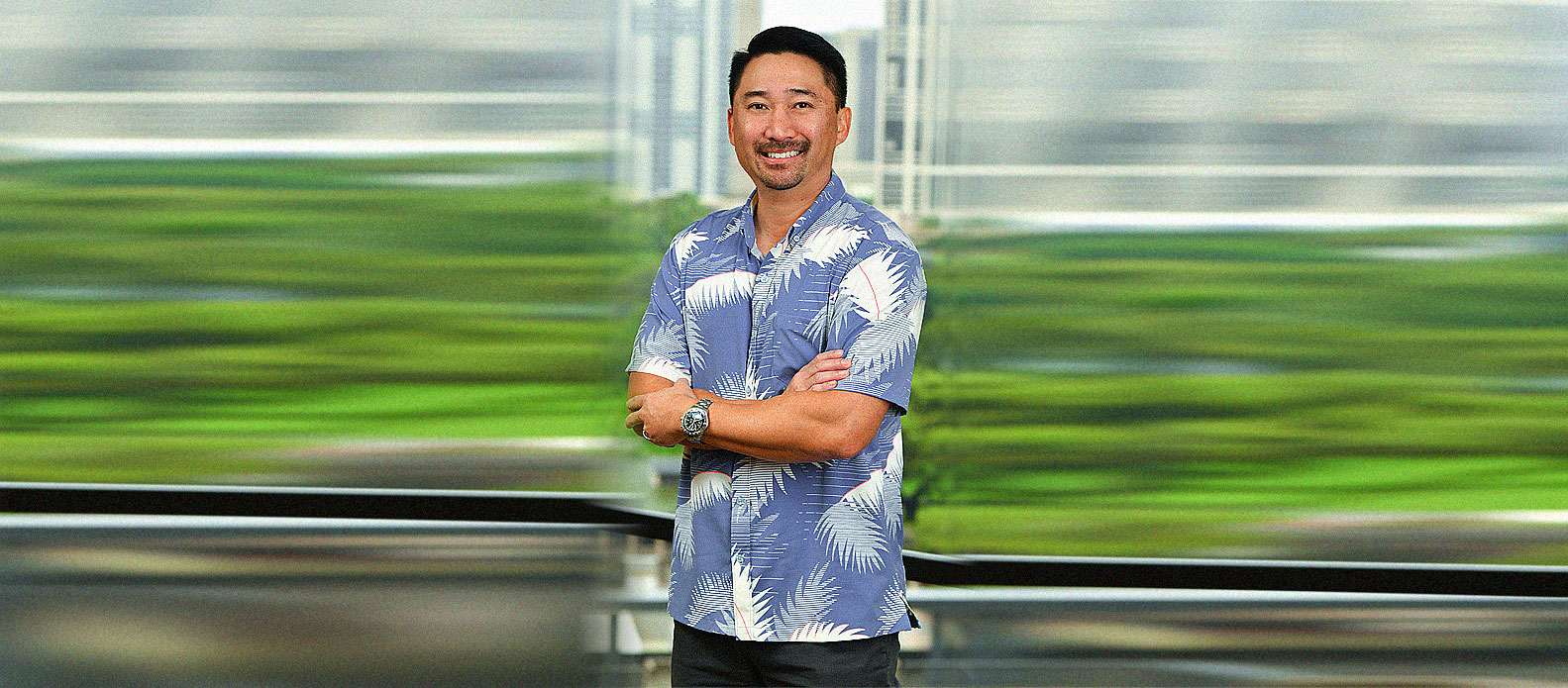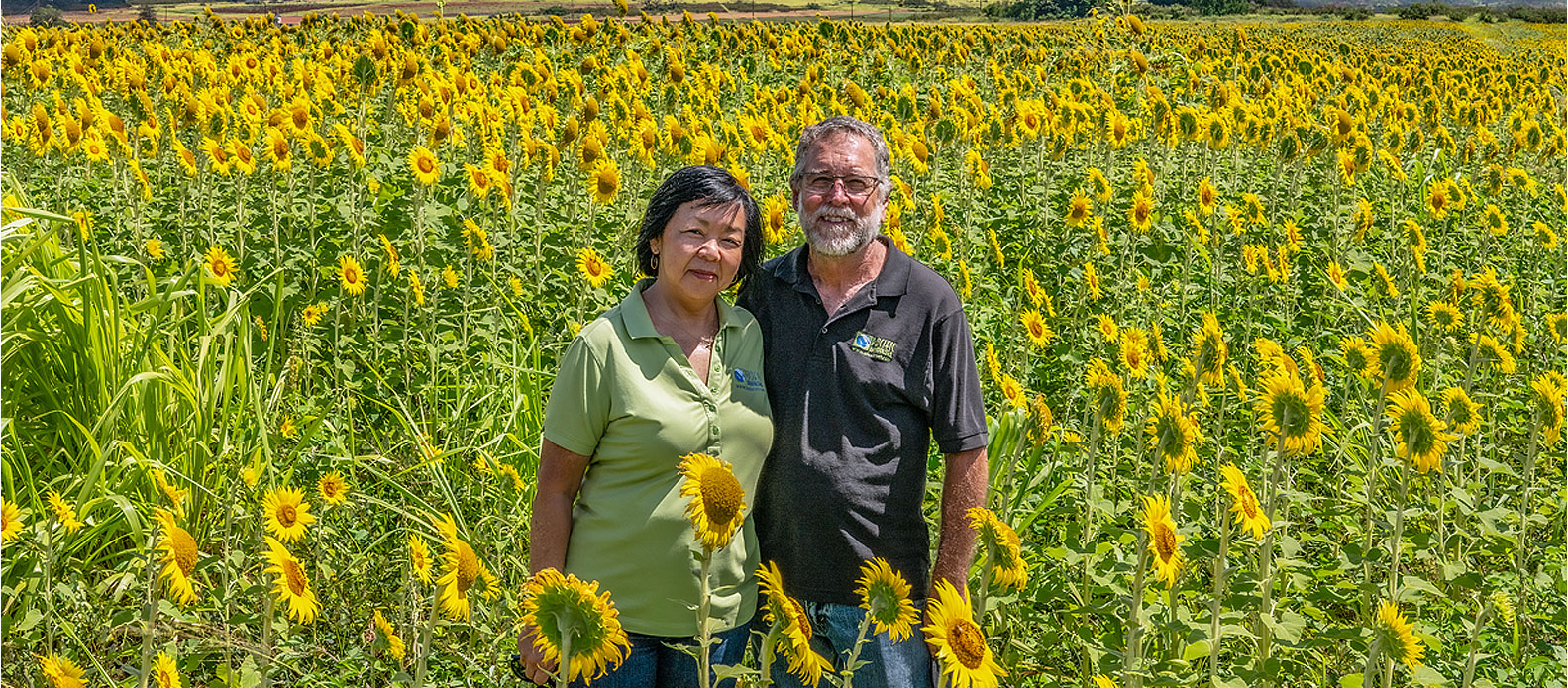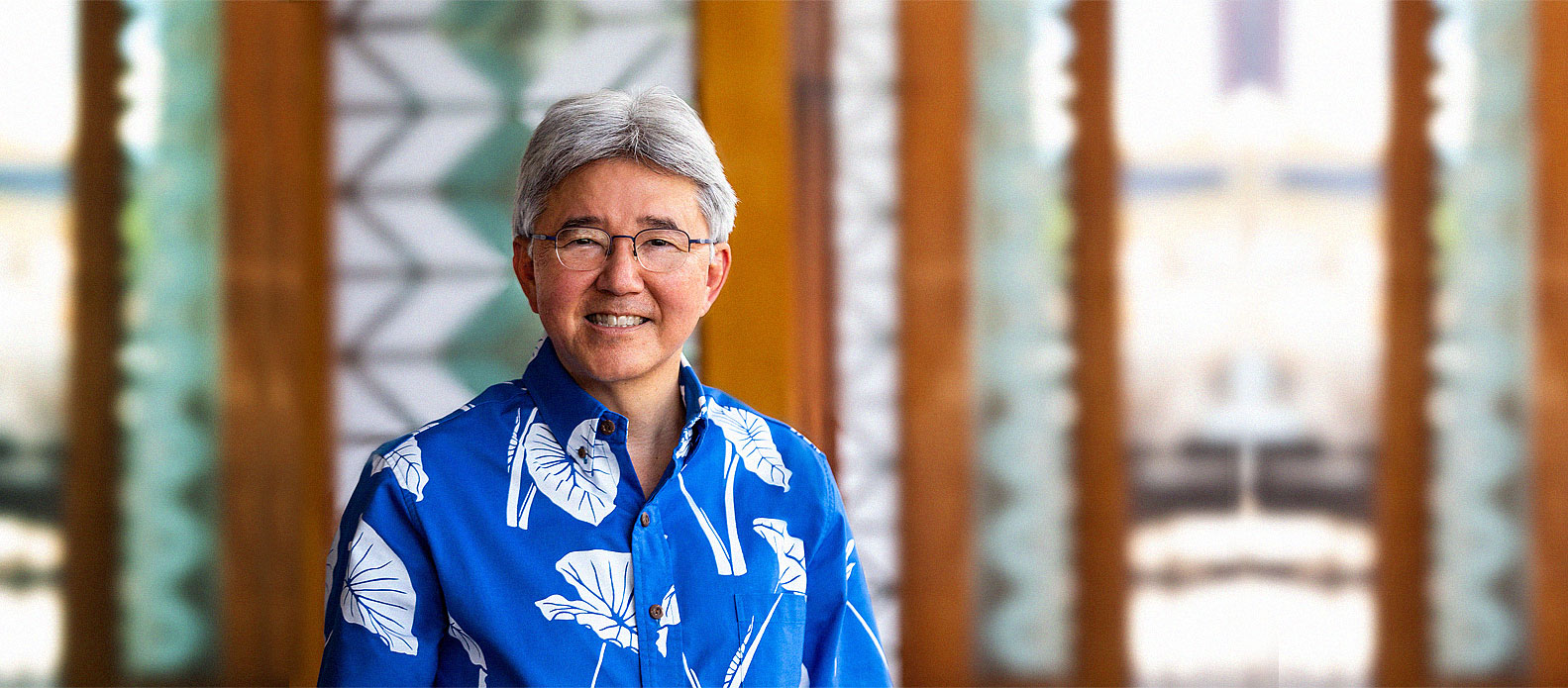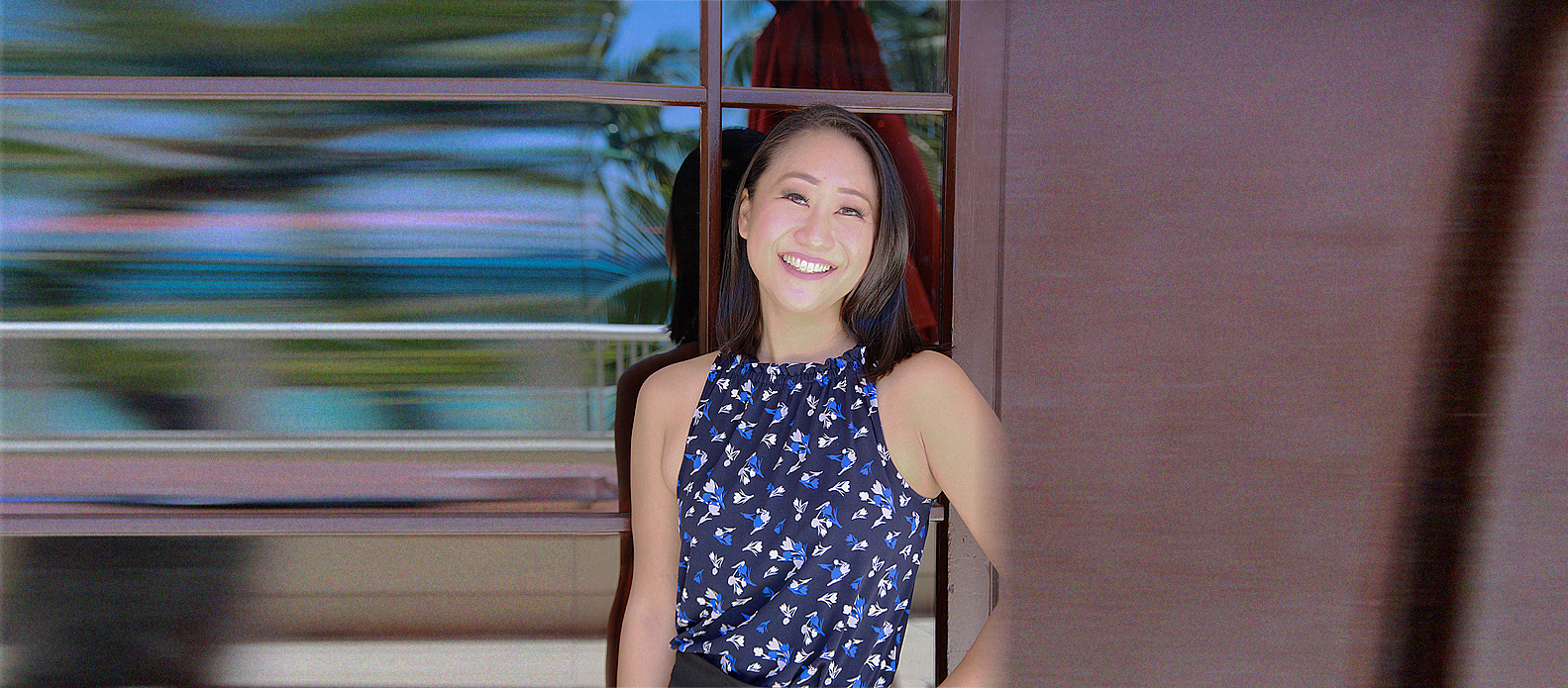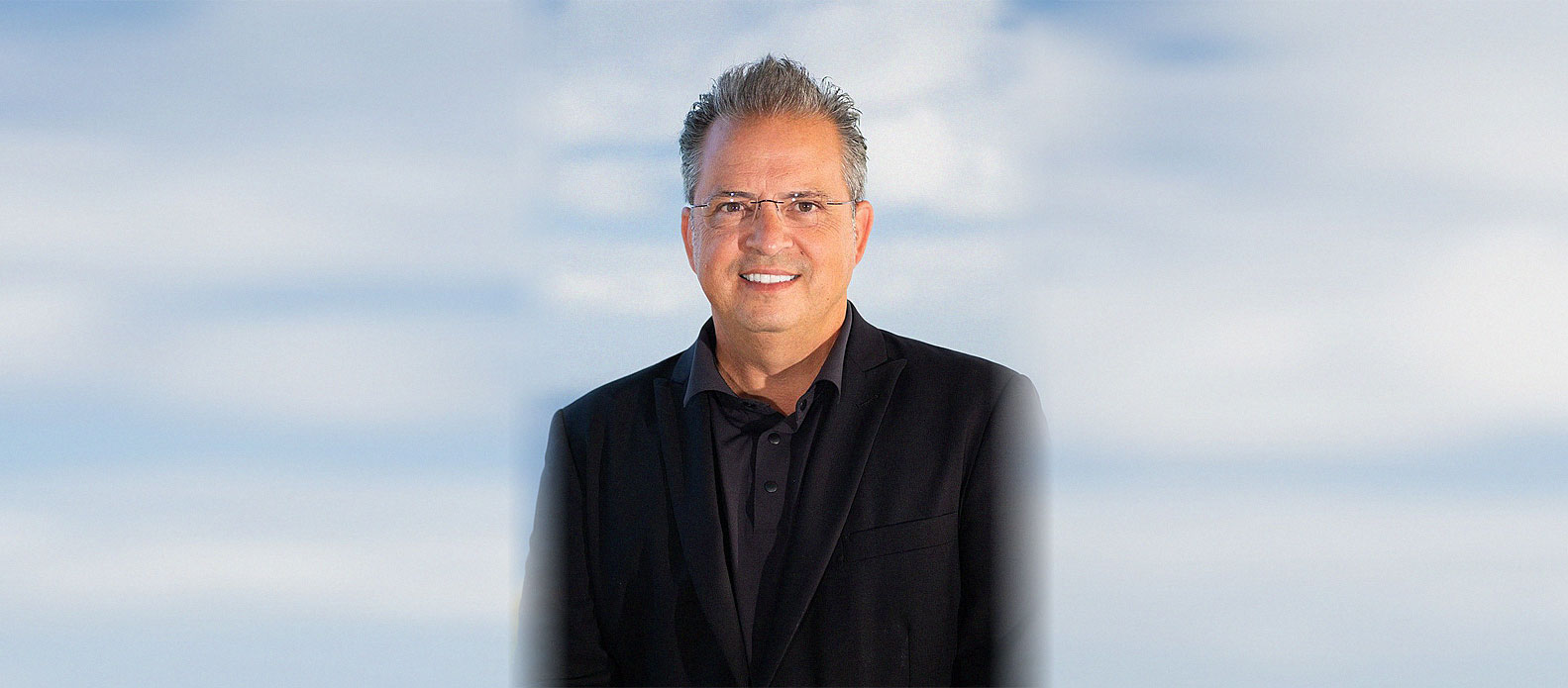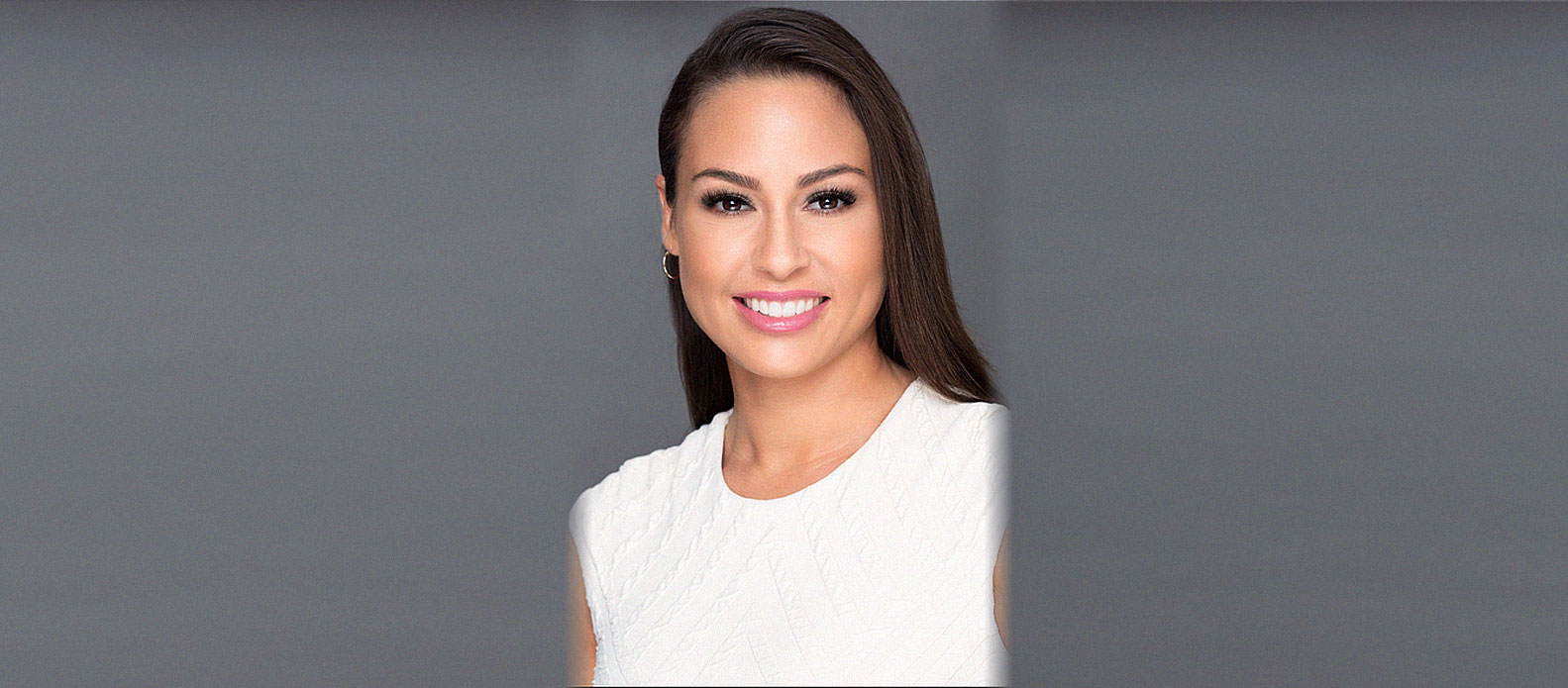Growing up in Hawai‘i, Lisa Rapp always thought she’d be a doctor one day. But when it came time to jump into career-focused studies at the University of Hawai‘i, the medical prerequisites just didn’t pique her interest. Disciplines that encouraged creative thinking, like art and philosophy, were more her speed. She had always been good with numbers and sought a path that would let her combine the definitive nature of math with the power of imagination. A summer internship at an architecture firm confirmed her suspicions—the rush of intense deadlines, the reward of contributing to a team effort and the satisfaction of building something from scratch was undeniably gratifying.
Rapp transferred to MIT for the final two years of her bachelor’s degree, then headed to UCLA to complete a master’s degree in architecture, planning and design. Her first pick out in the field was a small Hawai‘i firm, Roy K. Yamamoto Architect, where she was able to learn on the fly in a wide range of roles. In the late 1990s, she relocated to San Francisco and had a lot of fun working on massive builds in the hospitality sector with Hornberger + Worstell—projects like the Shanghai Urban Business Hotel in China and the JW Marriott Phoenix Desert Ridge Resort & Spa in Arizona, a one-million-square-foot build that she guided from concept to completion.
In 2004, Rapp returned to the islands as a project architect for AHL (formerly known as Architects Hawaii Ltd)—an 80-plus team of designers with broad expertise, diverse projects and impressive large-scale capabilities—and in 2010, she became the second female principal in the firm’s history. Today she oversees multiple projects at a time, assembling design teams, exchanging ideas with project managers and architects and researching the history and culture of properties to inform each building’s design.
“When you’re pulling people from different backgrounds together to share what they’ve learned, the results are incredible.”
“We attract so much diverse talent, and having that mix of perspectives and experiences in one firm is so advantageous,” Rapp says. “When you’re pulling people from different backgrounds together to share what they’ve learned, the results are incredible.” Known as the one to call if there’s an issue that demands a team strategy, she’s an expert at finding the right designers and facilitating collaborative problem solving.
“The best ideas come when you are open and brainstorming,” she says. “I encourage everyone to contribute, which leads to better solutions—and that dynamic is much more exciting and fun.” Her mantra of “never assume” works well when bringing together professionals with unique strengths. “Always approach a new project from the same side of the table,” she says. “We’re all working toward the same goal of a successful project, and it works out so much better with this mindset.”
With twin nine-year-old boys and a number of challenging builds in the pipeline, Rapp is always striving for a good work-life balance, including making community service a top priority. She’s on the Real Property Board for the nonprofit Child & Family Service, an organization dedicated to strengthening families and fostering the healthy development of children. Through fundraising and its 1 percent pro bono program, AHL continuously donates design services to nonprofit projects like the Aloha United Way headquarters renovation and the Ho’ōla Nā Pua residential treatment facility for victims of sex trafficking.
Though architecture has traditionally been a male-dominated field, Rapp says she has felt at home in her career from the very beginning. “I’d be leading meetings or out in the field and it wouldn’t really dawn on me until later that I was the only woman there,” she says. “It was just all of us working together as a team.” Over the course of her 27 years as a professional, she’s noticed more women choosing architecture as a career path. “When I was in school, that wasn’t the case. I’m glad to be a part of that workforce shift and encouraging it.”
Rapp is also very passionate about ensuring that her legacy projects—from concept to construction to interior design—respect traditional Hawaiian values, like sustainability and caring for the ‘aina. One of the pivotal moments of her career, Rapp says, was taking ‘Aulani, A Disney Resort & Spa from an idea on paper to a reality and working with the Walt Disney Imagineers to get every detail just right. “Telling the story respectfully and creating a design that honors our host culture was important, and Disney really strived to do just that,” she says. “I try to see every project through that lens and make sure we’re doing right by our local culture.”

